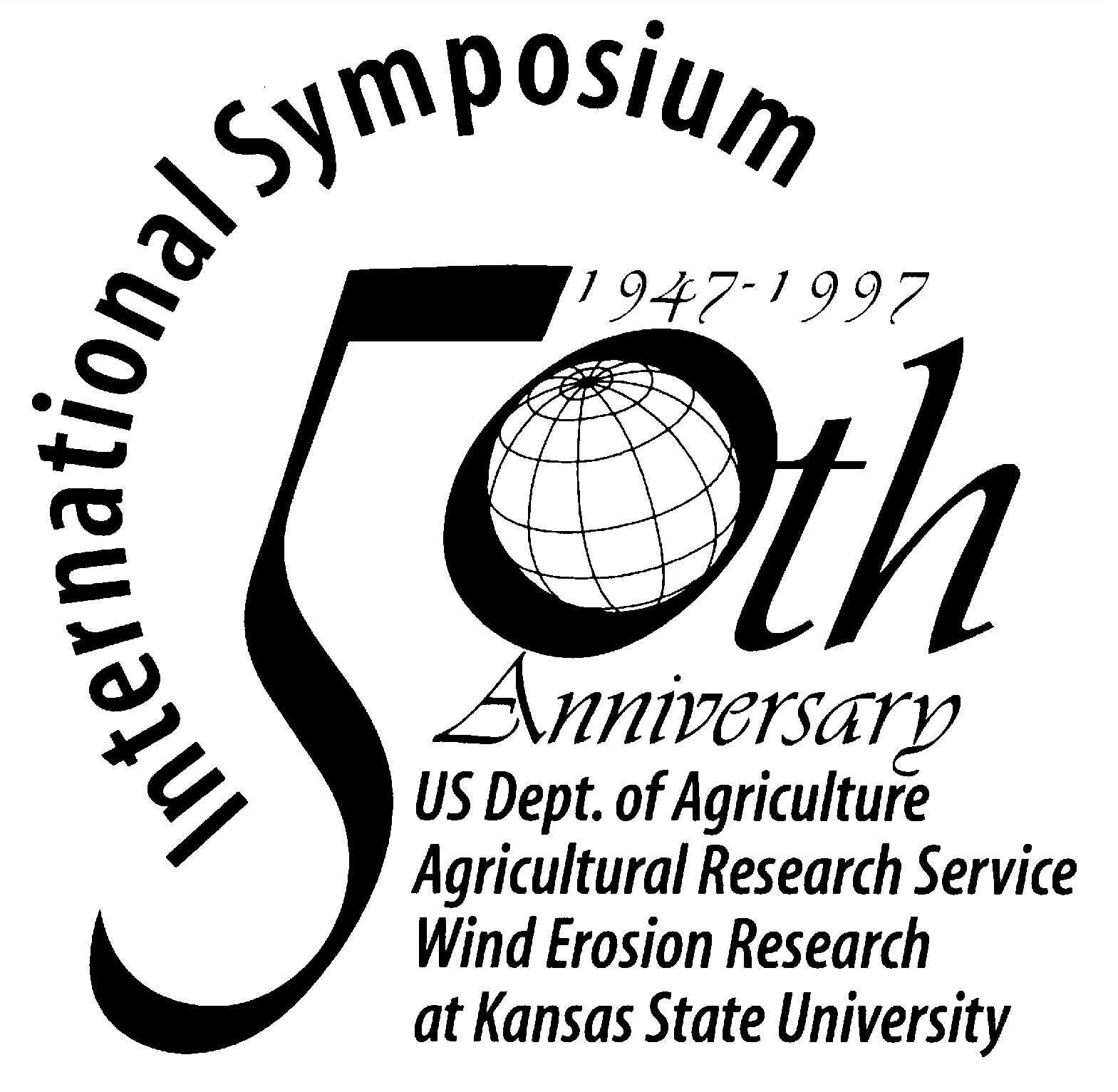|
Wind Erosion Prediction System: Management Submodel
(1)
Larry E. Wagner, Ph.D.
Abstract
The Wind Erosion Prediction System (WEPS) is a
process-based, daily time-step model that simulates weather, field conditions, and
erosion. It is intended as a prediction tool for those who plan soil conservation systems,
conduct environmental planning, or assess offsite impacts caused by wind erosion. WEPS
incorporates improved technology for computing soil loss by wind from agricultural fields
as well as providing new capabilities such as assessing plant damage, calculating
suspension loss, and estimating PM-10 emissions from the field.
As a process-based planning tool, WEPS is expected to
reflect the effects of various management practices upon wind erosion. Therefore, the WEPS
MANAGEMENT submodel's objective is to simulate those management practices. For WEPS to
accurately assess management effects upon a site's susceptibility to wind erosion, the
MANAGEMENT submodel must adequately simulate the diverse cultural practices employed by
producers. Those practices include typical primary and secondary tillage, cultivation,
planting/seeding, harvesting, and fertilization operations as well as irrigation, burning,
and grazing practices.
The MANAGEMENT submodel deals with the variety of
land management actions by identifying the primary physical processes involved and
representing each individual management operation as a sequenced set of those primary
physical processes. Those processes include: 1) mass manipulation (changes in aggregate
size distribution and soil porosity, mixing of soil and residue among soil layers, and
soil layer inversion); 2) surface modification (creation or destruction of ridges and/or
dikes that form oriented surface roughness, changes in surface random roughness, and
destruction of soil crust); 3) biomass manipulation (burying and resurfacing residue,
clipping standing residue, flattening standing residue, killing live crop biomass, and
biomass removal); and 4) soil amendments (fertilization, planting, and irrigation).
1. Contribution from USDA-ARS in cooperation with
Kansas Ag. Exp. Station, Contribution No. 97-117-J |




